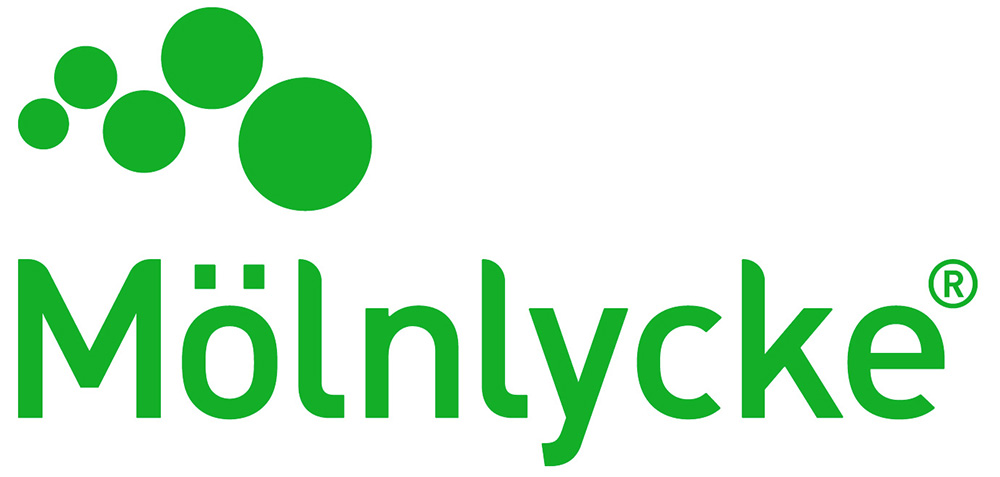Alexandra Bishop

Alexandra (Ali) has worked with complex wounds for over 18 years. For the last 3 years, she has worked on a permanent basis with the Tissue Viability Team at University Hospitals Plymouth– encompassing a large trauma hospital and three community hospitals in the southwest of England.
Ali previously worked for DDRC Healthcare, a hyperbaric medical centre with training and wound care facilities and the Queen Alexandra Royal Naval Nursing Service (QARNNS).
Ali continues to work additionally as Honorary Lecturer at Cardiff University (MSc in Wound Healing & Tissue Repair), training with DDRC Healthcare and with Pioneer WHLC.
Free Paper Presentation (Research category) at The Society of Tissue Viability 2025 Conference
The evolution of suspected deep tissue injuries reported at a hospital Trust in England
Abstract
Background – Following publication of the National Wound Care Strategy (NWCS) recommendations in 2023 advising that changes in skin temperature, colour, texture or pain that do not fit into the pressure ulcer categories of 1 to 4 should be recorded as vulnerable skin, it was decided to audit reported suspected deep tissue injuries (DTIs).
Methods – DTIs identified when patients were admitted to hospital or while the patient was in hospital are reported on the Trust incident reporting system. These were monitored by tissue viability. Standard follow up period is for 14 days.
Incidences reported over a 3-month period were followed up to determine what proportion evolved into pressure ulceration of category 2 and above and which resolved.
Follow up was using medical imaging, medical records and by contacting community providers.
Results – A summary of the results can be seen in the table below. Patients lost to follow up either died or a follow up of the condition of their skin was not obtained.
Month No. of DTIs. No. evolved to category 3 or 4. No. that became cat 2. No. lost to f/u.
January 25 5 2 10
20% 8% 40%
February 16 5 7 3
31.3% 43.8% 18.8%
March 30 4 8 8
13.3% 26.7% 26.7%
TOTAL 71 14 17 21
Percentage 19.7% 23.9% 29.6%
The results suggest that almost half (43.6%) of the reported DTIs evolved into a pressure ulcer and that just over a quarter (26.8%) were not pressure damage. A total of 14% of patients died with a DTI.
DTIs took an average of 18 days to evolve with those reported as present on admission taking less time to evolve than those acquired in hospital.
Conclusions – A large proportion of the DTIs became pressure ulcers. There may have been a delay in referral to tissue viability and implementation of higher specification equipment, such as dynamic air mattresses, if they had been recorded as vulnerable skin initially.
Just over a quarter of the reported DTIs were not pressure damage to skin and this would suggest further education may benefit staff to assist with accurate skin assessment.
Further study is necessary to understand the full impact of not reporting this skin damage as DTIs as well as the impact of any educational programme implemented.














